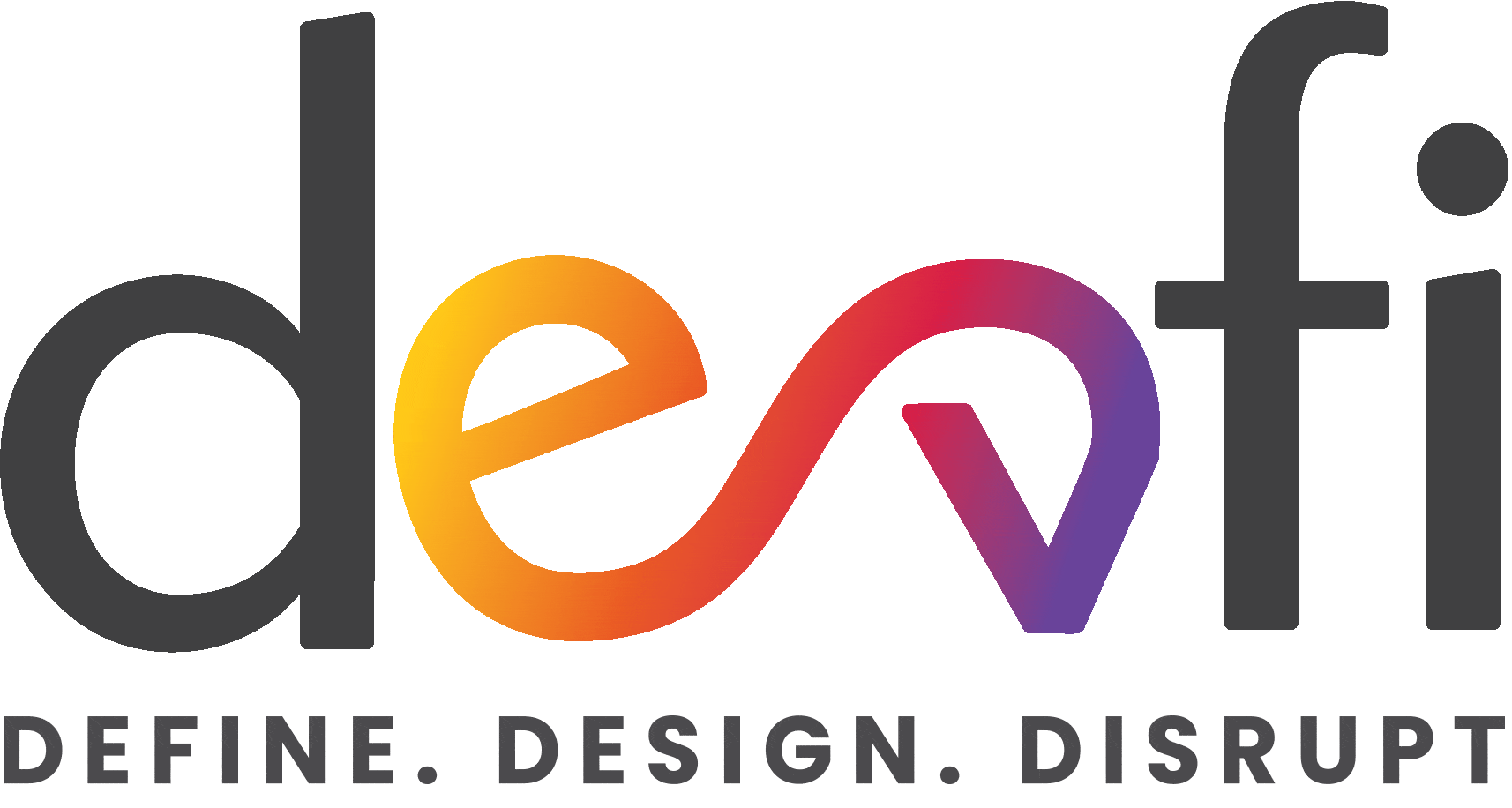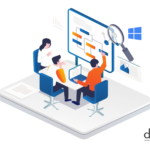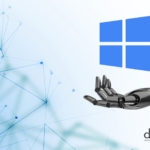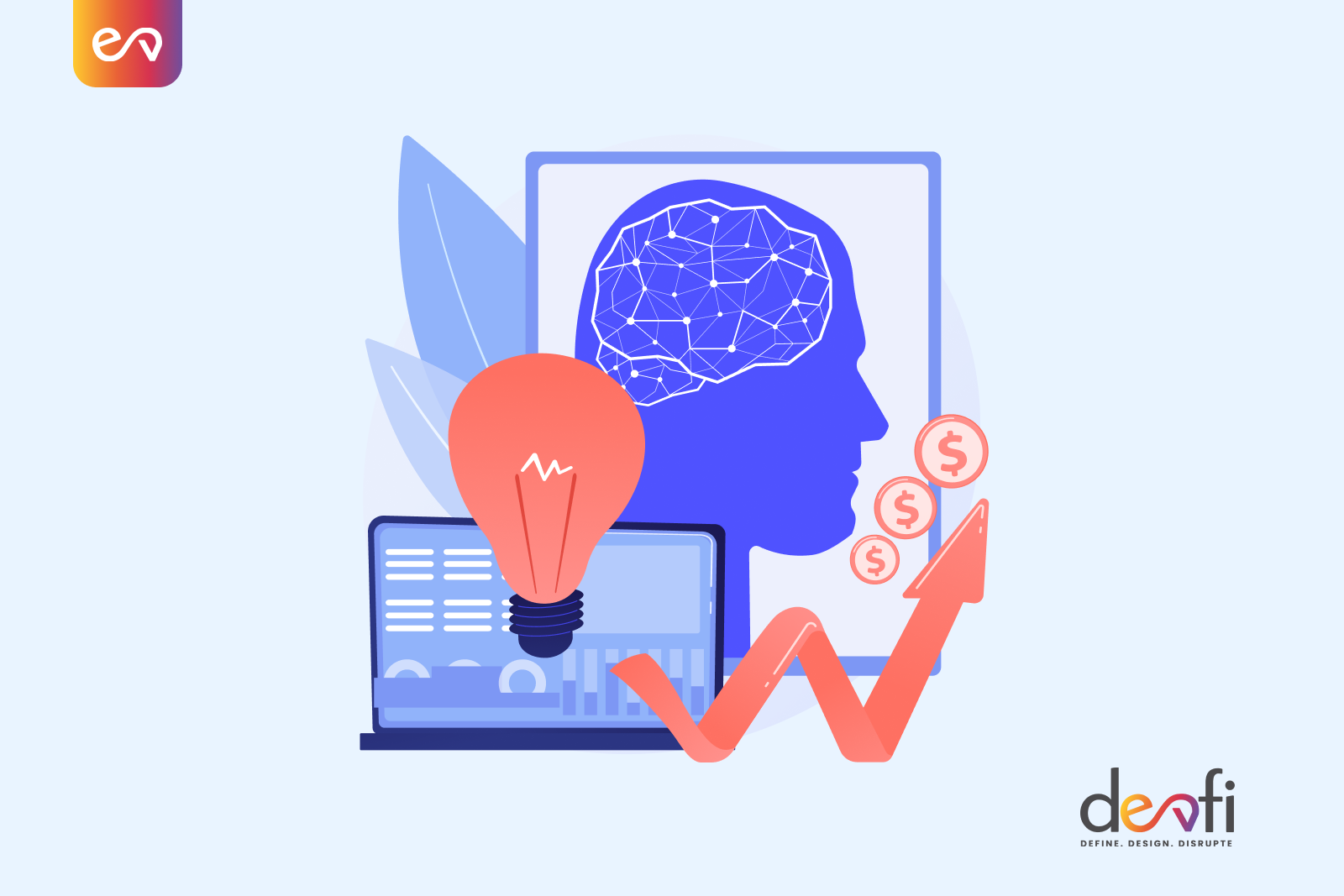AI and machine learning technologies are widely used in various industries as they improve the efficiency and effectiveness of various business processes. They bring in more revenue for the companies by delivering enhanced customer experience. Besides being fast to implement, the various advantages of AI-based solutions have attracted many companies to the idea of building their own AI solutions.
Building complex prediction systems becomes easy and cost-effective with the help of machine learning. However, maintaining these systems in long term can be expensive in some scenarios. Thus, before diving into the details of implementing an AI solution, businesses should carefully consider the long-term and short-term costs that come with the technology.
It is imperative to thoroughly plan and identify the requirements of the project to make an informed decision regarding the project – before estimating its cost. Depending on the complexity and size of the project, the cost of an AI project will vary.
In this article, we discussed a few factors that would affect the costs of AI projects along with a few solutions to overcome these issues.
Data
Data is a critical component of any AI project. Deep learning approaches are known to rely on large volumes of annotated data. A majority of organizations run into problems related to data quality and quantity. To overcome this and perform well, they need large sets of data samples with variety and velocity. If a company doesn’t have enough data, it can still use external services to collect more data. This will allow it to perform more complex analyses and improve its AI system.
A reliable AI system depends not only on the quantity of the data samples but also on the quality of data for training the model, which plays a critical role in the project’s overall success. After obtaining the required quantity of data, these data samples have to be annotated for further processing and analysis. It can be very time-consuming to analyze, correct, and annotate data samples. Many companies fail to detect errors and biases in their data sets. To offset this, organizations should have an in-house team that will handle the task of data cleaning and annotations. Another alternative that is widely used, is to opt for a mix of outsourcing and in-house, where a major portion of the task is outsourced and the in-house team will supervise the validations, data cleaning, and labeling tasks.
Having structured data is beneficial for AI projects as they are easier to work upon and thus, cost-effective. However, organizations capture vast amounts of unstructured data to analyze the changing behavior of customers and market trends. Analyzing such unstructured data requires complex and advanced machine learning algorithms. Thus, before starting their project, businesses need to thoroughly review their existing in-house database to ensure that it is up to date and contains the necessary data.
Production
The cost of production for an AI project depends on various factors such as the infrastructure (cloud, data warehouse, etc) required to handle the data, integration (data pipeline, API, documentation, etc), and the maintenance of the platform.
Depending on the complexity of the algorithm, the cost of infrastructure can vary. Getting the necessary integration between the various components of an AI project can be very challenging. In most cases, an API endpoint will be enough to allow the system to run seamlessly.
One of the most overlooked aspects of developing an AI system is the need for continuous support. This is especially important during the machine learning system’s life cycle. Data collected through the APIs need to be cleaned and annotated before it can be used. New models need to be trained on the data before they can be deployed. New and better algorithms can be implemented in the ML system to improve its performance.
Algorithms
One of the most critical factors that can affect the cost of developing an AI solution is the algorithm’s performance. A high-quality algorithm that is accurate and capable of handling complex tasks will require additional fine-tuning at additional expenses.
Opportunity
The biggest challenge with implementing AI is finding the right opportunity. Many businesses get carried away by the hype surrounding the technology and end up spending their development budgets on pursuing the technology instead of addressing a real problem.
A few key indicators to define the costs of ML projects
Scope of ML
| Detach AI from non-AI
| The development approach
|
Getting the most out of AI features is complex, and hence, it’s important to talk to an expert to figure out which approach will work best for your project. Devfi can help identify the features that will work best for your business. Devfi is a digital transformation and technology company specializing in technologies like AI, Cloud, etc. For more details, visit their website.






